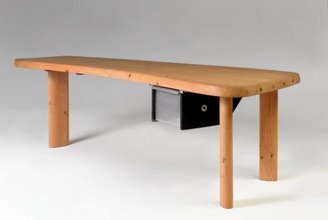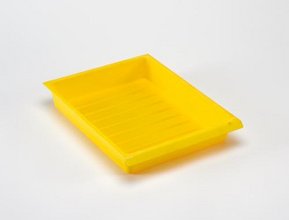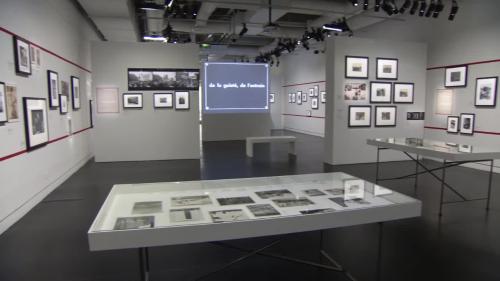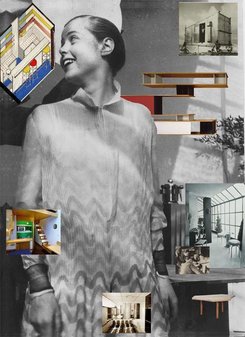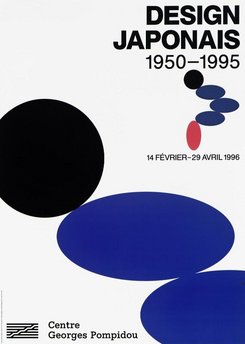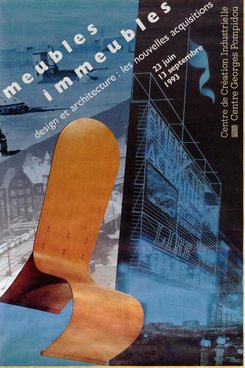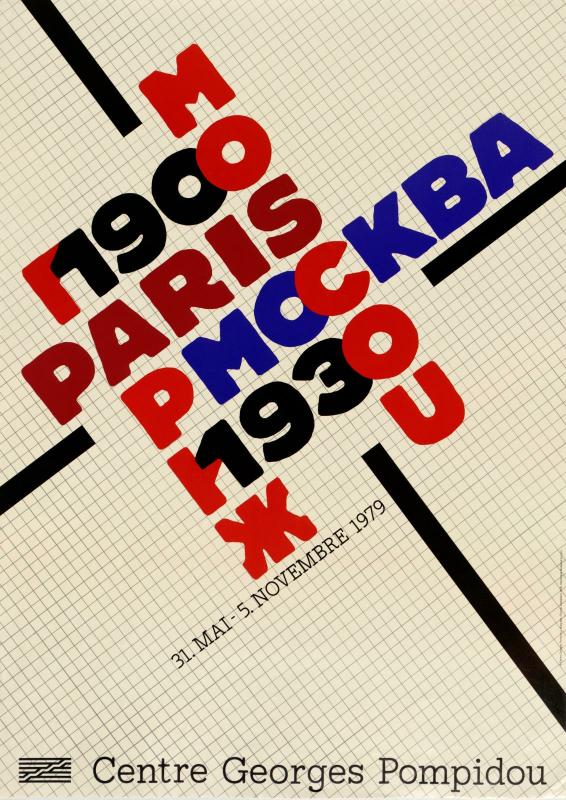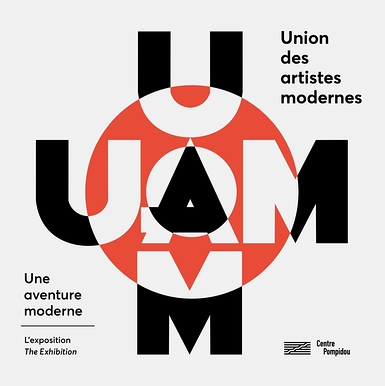Artist/personality
Charlotte Perriand
Créateur d'objets, Créateur de mobilier

Charlotte Perriand
Créateur d'objets, Créateur de mobilier
Nationalité française
Birth: 1903, Paris (France)
Death: 1999, Paris (France)
© Adagp, Paris
Biography
As a major figure in modernity, Charlotte Perriand marked the history of design by her personality, freedom and curiosity for the world. Her research mainly focused on furniture, but also explored architecture, urban planning, photography and art, seeking to offer industrial and technical progress for the benefit of as many as possible. Though the architect and designer is famous for her collaborations with Le Corbusier and Ateliers Jean Prouvé, the Centre Pompidou organised a major retrospective exhibition in 2005, which introduced lesser-known aspects of her work to the general public. Her political beliefs helped define a new way of living, accessible to the middle classes, showing that “it’s not about the object, it’s about the person”.
Charlotte Perriand was born in 1903 in Paris to a family of clothesmakers. After spending time with a relative in the Bourgogne countryside, where her relationship to space and nature was born, she returned to her parents in Paris and studied at the École de l'Union Centrale des Arts Décoratifs between 1920 and 1925. There, she became interested in new materials such as metal, breaking with tradition. In 1927, following her noteworthy entry in the Salon d’Automne with Bar sous le toit (Bar under the roof), she started to work with Le Corbusier and Pierre Jeanneret. The three of them founded the Union des Artistes Modernes (UAM) in 1929. Simplicity, functionality and modularity became characteristic traits of her style and gave rise to famous pieces of furniture such as the Fauteuil Grand Confort (Grand Confort Armchair) and the Fauteuil B 301 (B 301 Armchair).
In the 1930s, she worked on major projects such as the Salvation Army’s Cité de Refuge and the Pavillon Suisse at the Cité Internationale. She had close ties with the Communist Party and did not hide the political dimension of her ideas on architecture, particularly through the Maison du Jeune Homme (House for a Young Man, 1935), a small space for a young single person featuring various pieces of sports equipment and a mural by Fernand Léger.
In the 1940s, her style was heavily influenced by a long stay in Japan. Invited as an advisor to the Industrial Arts Institute, there she discovered an art of living, a philosophy and materials that resonated with her own research. In 1942, she organised an exhibition titled “Selection, Tradition, Creation” where she showed traditional Japanese works alongside her own creations, notably the bamboo version of the Chaise longue B 306 (B 306 Lounge Chair). World War II forced her to come back to Europe, where she worked on multiple projects for community facilities as part of a collaboration with Ateliers Jean Prouvé.
With a lifelong love of the mountains, she worked on the creation of Les Arcs ski resort in Savoie, for which she designed the buildings, urban plans and interior layout in the form of modular blocks, such as the Bloc cuisine (Kitchen block, 1975) and the Bloc salle de bains (Bathroom block, 1975). This monumental, unparalleled project was the high point of her research on collective living and interior design.



